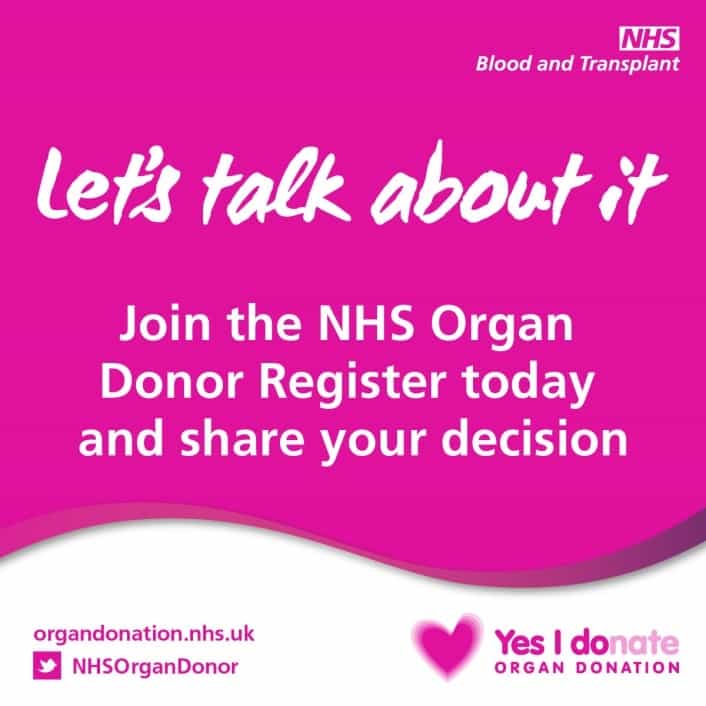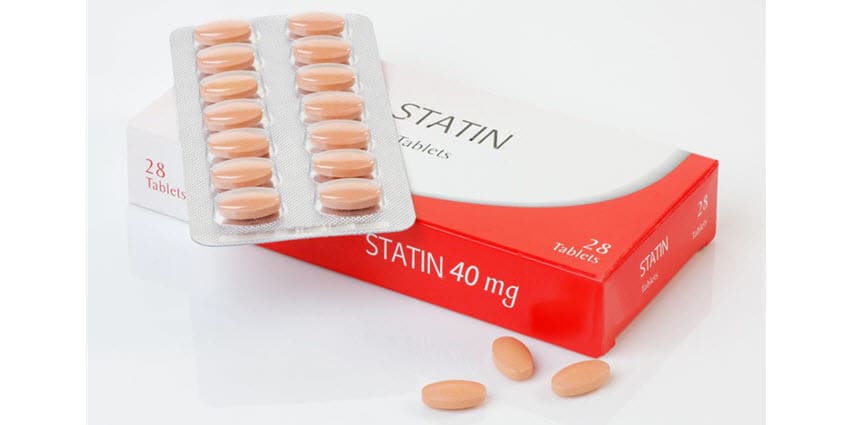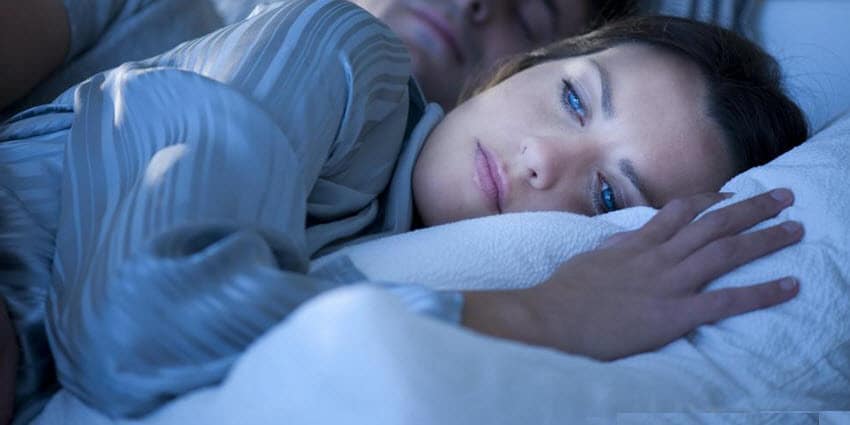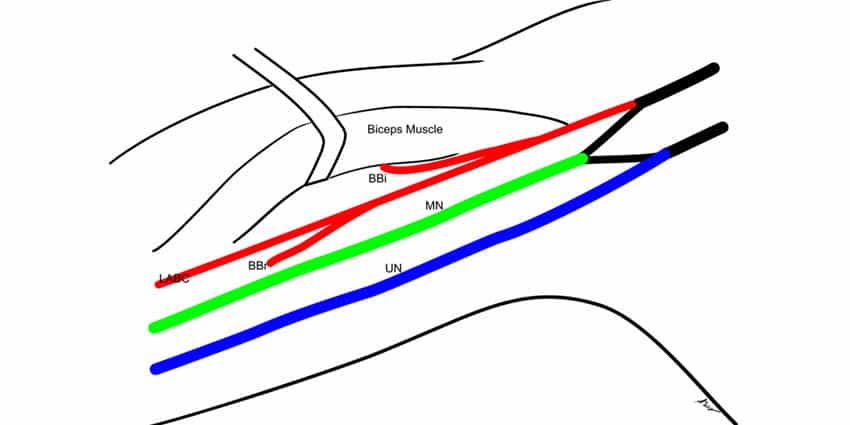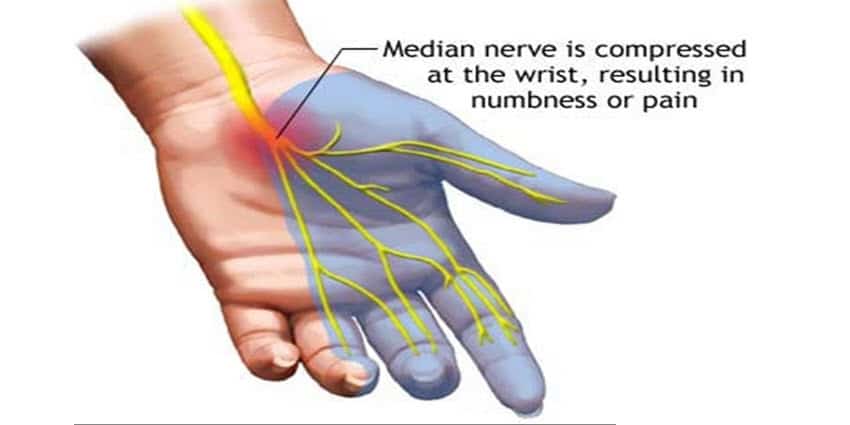Benign paroxysmal positional vertigo (BPPV)
What is BPPV?
BPPV is the most common inner ear problem and cause of vertigo. BPPV is a specific diagnosis, and each word describes the condition:
Benign: this means it is not life-threatening, even though the symptoms can be very intense and upsetting.
Paroxysmal: it comes in sudden, short spells
Positional: certain head positions or movements can trigger a spell.
Vertigo: feeling like you’re spinning, or the world around you is spinning
What causes BPPV?
There are crystals of calcium carbonate that are a normal part of our inner ear and help us with our balance and body motion. These tiny rock-like crystals are settled in the centre “pouch” of the inner ear. BPPV is caused by the crystals becoming ‘unglued’ from their normal place. They begin to float around and get stuck on sensors in the wrong canal of the inner ear. The dizziness you feel will continue until the crystals settle after you move. As the crystals move and settle, your brain is getting powerful, false messages telling you that you are violently spinning, when all you may have done is moved slightly.
What are the common symptoms of BPPV?
Everyone experiences BPPV differently, but there are common symptoms. The most common symptom is distinct spells of vertigo. You may experience nausea (vomiting) or a severe sense of feeling unstable or like you are losing your balance. These symptoms will be intense for seconds to minutes. You can have lasting feelings of dizziness and instability, but at a lesser level, once the episode has passed.
Can BPPV be treated?
Yes! Medicines can be used to relieve symptoms, such as nausea.
Most BPPV cases can be improved with repositioning exercises that usually take only a few minutes to complete. They have high success rates (eight out of every 10 people will respond immediately) although sometimes the treatment needs to be repeated a few times. These manoeuvres are designed to guide the crystals back to their original location in your inner ear. These exercises can be done by some physiotherapists. You can also be taught by the physiotherapist to do the exercises yourself. Our physiotherapist Jeff Oakes, has many years’ experience in treating patients with BPPV.


